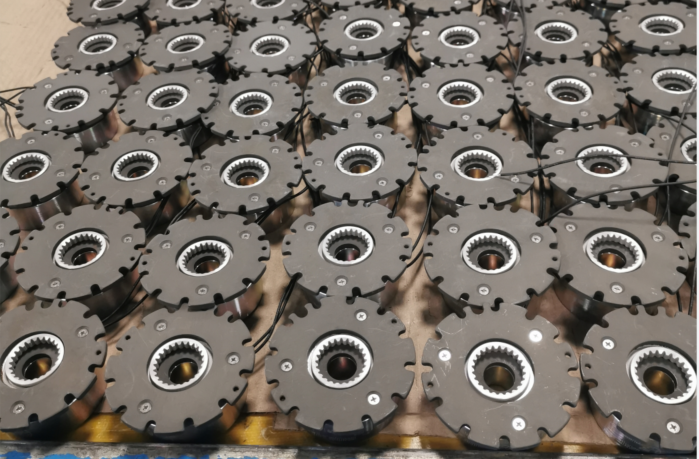Introduction
The operation of electromagnetic brakes at high altitudes is a topic of significant importance for industries that rely on precise and efficient braking systems. While electromagnetic brakes can indeed function at elevated altitudes, certain critical factors must be taken into account to ensure their effectiveness, safety, and durability. This article explores the key considerations for optimizing the performance of electromagnetic brakes when operating at high altitudes.
Cooling Considerations
One of the primary challenges associated with operating electromagnetic brakes at high altitudes is the decrease in air density. As altitude increases, the air becomes thinner, leading to a reduction in the cooling efficiency of the braking system. Effective cooling is paramount to prevent overheating, which can compromise the performance and longevity of the brakes.
To address this issue, it is recommended to implement strategies that enhance cooling capabilities. This might involve employing larger brake sizes to increase the surface area available for heat dissipation. Additionally, integrating supplementary cooling mechanisms such as fans or heat sinks can compensate for the diminished air density, ensuring that the brakes maintain a suitable temperature during operation.
Temperature Rise Management
The decrease in cooling efficiency at high altitudes makes electromagnetic brakes more susceptible to temperature rise, especially during extended or heavy use. To ensure optimal performance and prevent thermal damage, it is crucial to monitor the temperature of the brake components rigorously.
Manufacturers typically provide guidelines regarding temperature limits for electromagnetic brakes. Adhering to these guidelines is essential to prevent overheating, as excessive temperatures can lead to degradation of the braking system’s components, affecting both efficiency and safety. Consistent monitoring and adherence to recommended temperature ranges are indispensable practices when operating electromagnetic brakes in high-altitude settings.
Professional electromagnetic brake from REACH MACHINERY
Insulating Properties
The impact of temperature rise in high-altitude environments can have far-reaching consequences, particularly in terms of the insulating properties of electromagnetic brakes. Prolonged exposure to elevated temperatures can compromise the insulation properties of the brakes, potentially leading to performance issues and safety concerns.
To counteract this effect, it is advisable to implement measures that maintain the integrity of the brakes’ insulation properties. This might involve incorporating insulation materials that are specifically designed to withstand high temperatures. Regular inspections and testing of the insulation properties can help identify any degradation and ensure the continued effectiveness of the braking system.
Conclusion
In conclusion, while electromagnetic brakes can indeed operate at high altitudes, there are vital considerations that must be addressed to optimize their performance and longevity. Cooling, temperature rise, and insulation properties are all critical factors that can significantly influence the effectiveness and safety of electromagnetic brakes in elevated environments.
Manufacturers and operators of electromagnetic brakes should carefully assess the cooling mechanisms, closely monitor temperature levels, and prioritize the preservation of insulation properties. By adhering to these considerations and guidelines, industries can ensure that their electromagnetic brake systems deliver reliable and efficient performance even in the challenges posed by high-altitude operations.
Post time: Aug-31-2023

